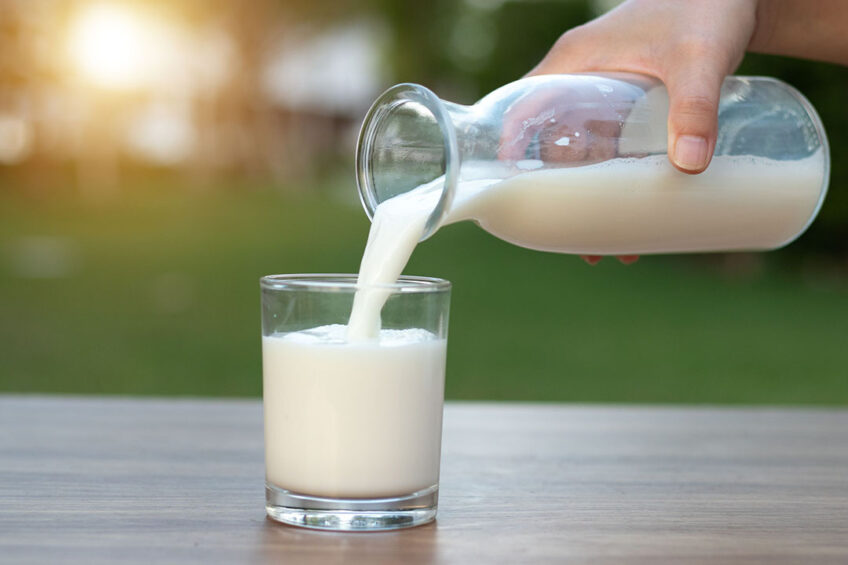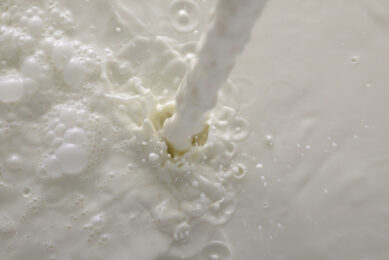Australian dairy set for a favourable season ahead

Australian dairy producers can look forward to a firm landing zone for their milk prices in the new season, according to Rabobank. Favourable circumstances are providing a buffering effect to the full extent of global pressures.
Rabobank expects another favourable season for Australian dairy farmers in 2023-2024, with the sector set for its fourth consecutive profitable year. Rabobank says while the upcoming season’s milk price will likely be lower than the lofty highs currently being offered across parts of the southern export region – reflecting the current downturn in the global commodity price cycle – there is a firm landing zone expected for new season Australian milk prices.
In its recently-released annual Australian Dairy Seasonal Outlook, Rabobank senior dairy analyst and report author, Michael Harvey, explains this is due to stronger domestic dairy market returns, a weak Australian dollar and aggressive recruitment and retention strategies by dairy processors in a competitive market for milk supply.
These factors are providing a buffering effect to the full extent of global pressures, according to Harvey. The bank is forecasting minimum offers for new season milk in southern Australia to be between AUD$8.50 (US$5.66) per kg milk solids and AUD$9.00 (US$5.99) per kg MS.
“At worst, this represents a 10% decrease from 2022-2023 prices and a farmgate milk price that is well above the medium-term average for southern Australia since the introduction of the industry’s Dairy Code of Conduct in January 2020,” Harvey points out. “Another season of historically-elevated milk prices will support farmgate margins.”
Cost relief
The report, ‘Looking for a Firm Landing Zone’, says there is welcome relief for dairy farmers from a recent record high-cost base, with lower prices for purchased feed and fertiliser flowing through balance sheets.
“Even if some dairy farmers see an easing in minimum price offers, this should come with cost relief,” Harvey says. Global feed benchmark prices are down compared with last year, although still above medium-term averages, while local wheat prices are tracking close to global trends.
“Locally, grain supplies are high after several bumper winter crops with the prospect of another decent winter crop this year meaning feed supply will be adequate for buyers and will help to dampen feed supply risks.”
Harvey says that Australian dairy farmers will already be seeing the benefits of a significant correction in global fertiliser prices and, therefore, a boost in affordability. “Looking forward, Rabobank expects the underlying fundamentals in the fertiliser market to lead a period of price stability, which will assist Australian dairy farmers as they prepare their nutrient management programmes for the year ahead.”

Labour a major headache on dairy farms
However, Rabobank warns there will still be other cost headwinds on farm in the new season, including higher interest rates. “And labour is a major headache,” Harvey emphasises. “Despite the relief on purchased and home-grown feed costs, as Australian dairy farmers begin budgeting for the year ahead, they will still have to deal with a high cost in the production environment in the 2023-2024 season, as inflationary pressures flow through in overhead costs.”
The report says milk prices in a number of dairy-exporting regions around the world have already fallen, following the large decline in global dairy commodity prices seen since their peak in the first half of 2022.
Since that time, prices in the dairy-commodity basket have fallen significantly on the back of a shift in underlying fundamentals in the market, Harvey explains. These include a return to growth in milk supply across most dairy-exporting regions (coupled with softer domestic demand), sluggish import appetite from the world’s largest dairy importer (China) and widespread demand-rationing in many dairy markets across retail, foodservice and ingredient channels.
As a result, indicative stream returns for Australia’s dairy product mix have fallen between 30% and 40% compared with the same time last year. Rabobank says near-term global fundamentals will keep downward pressure on global dairy commodity prices. These include increasing growth in milk production in export regions through 2023, and largely absent Chinese buyers until the second half of the year.
A declining milk pool
However, at some stage the cycle will turn and global commodity prices will begin to increase, Harvey says. “But this will depend on when China returns as a meaningful buyer in export markets.” Locally, though, Australia’s domestic market returns have reset for the better, the report says. “The domestic market is experiencing a structural increase in consumer prices across the dairy aisle, led by drinking milk and cheese, in particular.”
These price increases are driven by dairy processors passing through record-high farmgate prices and other input costs. This is important as it will support the value chain and lead to stable farmgate milk prices over multiple seasons for those milk producers supplying the domestic market.
Australia’s dairy supply chain continues to be challenged by a declining milk pool. In 2022-2023, the annual availability of milk for manufacturing fell below 6 billion litres for the first time since 1990. Rabobank says consecutive seasons of farm sector profitability and industry stability are providing dairy producers with an opportunity to rethink their longer-term investment strategies. There has been a notable pick-up in investment to increase labour efficiency and improve capacity, Harvey says.
Join 13,000+ subscribers
Subscribe to our newsletter to stay updated about all the need-to-know content in the dairy sector, two times a week.










